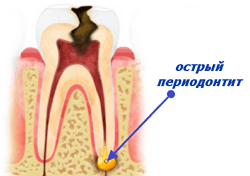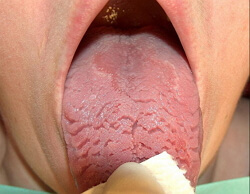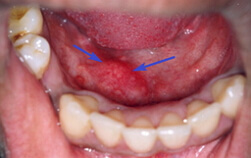Correction of bite surgically

Bite correction surgically is used in cases where a person has significant deformations of the jaws and skull that can not be corrected by orthodontic treatment. Correction of bite by surgical intervention lasts longer, in comparison with all stages of denture replacement combined. Therefore, the patient must be psychologically prepared.
Usually, surgical correction is performed with lateral frontal occlusion, pronounced chin dysplasia with facial asymmetry, and with anterior open bite.
Correction of abnormal occlusion by surgery is also performed if a person:
- has problems with biting,
- is difficult to chew,
- is insufficiently closed lips,
- is obstructed speech,
- during tongue swelling is located between the dentition.
As a rule, biting and speech difficulties are noted with a frontal open bite. A person with this kind of bite compresses the jaws, and between the front upper teeth and the lower ones a gap is formed. Often such an occlusion defect is formed in early childhood because of thumb or nipple sucking. If in time to wean the child of such bad habits, in most cases orthodontic methods of treatment will not be needed. If you do not succeed in weaning your child from sucking your nipples or fingers, it is quite possible that in the future you may need not only the installation of braces, but also surgical intervention to correct the bite, otherwise the adolescent will have problems with chewing or speech. After surgical correction of a malocclusion, the jaws will be positioned in the correct position relative to each other, so that the teeth touch each other at maximum when they close.
Correction of an incorrect bite surgically is usually performed under general anesthesia. The surgeon on the threshold of the oral cavity makes a short incision to open the jawbones on both sides. Then, in the upper jaw, which has become mobile, a part of the bone is removed in the posterior part, thereby lifting the jaw higher. After such an operation, the lower jaw can completely close, creating the right contact of the dentition rows of the lower and upper jaws.
The upper jaw, tucked up above, is fixed in this position with plates and screws. In order to maintain the optimal position of the jaws and further, the man immediately after the surgery is placed an artificial tire, which should be worn for about two weeks in the postoperative period. As a rule, the correction of an incorrect occlusion by surgery does not cause complications in this case.
In the case of a lateral open bite, the first indications for surgery are problems with the chewing function. At the person the atypical swallowing at which the tongue is located between dental rows during the swallowing movement is developed.
Usually with this kind of malocclusion for the purpose of its correction by surgical method, distraction osteogenesis is carried out - a new technique in which bones in fractures gradually move apart and when a new tissue is formed, a new bone lengthening tissue is formed. Under the influence of general anesthesia, a special construction - distractor - is fixed under the mucous membrane. And only after a week begins the elongation of the bone.
This operation is also performed with chin dysplasia. In the case of chin dysplasia, the following features are outwardly visible in a person:
- - the lower part of the face is elongated,
- - sloping chin,
- - insufficient lip closure,
- - hanging oral arch.



